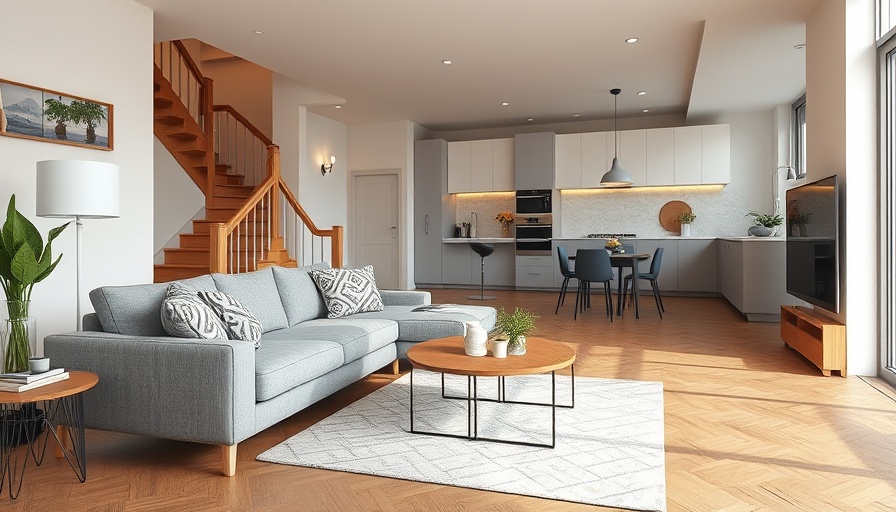
Create a Home That Grows with Your Family’s Needs
Designing a home that adapts to your family’s changing dynamics is an exciting, yet crucial endeavor. Whether you’re expecting your first child, accommodating teens, or welcoming elderly parents, it’s essential that your living space evolves with your family. By prioritizing flexibility, functionality, and style, you can save yourself from unnecessary renovations while creating a nurturing environment for years to come.
Prioritize Flexible Layouts for Every Stage
When it comes to family-friendly designs, the importance of flexibility cannot be overstated. Life happens quickly, and your living space should be equipped to change alongside it. One of the best ways to ensure this is through an open-concept layout.
While open-plan spaces offer an airy feel, defining distinct zones within this openness is essential. Think of using strategic furniture arrangements or partial walls to create purposeful areas that fit current needs—like dedicating a corner of the living room for a cozy reading nook or establishing a homework area just off the kitchen.
Design Spaces with Room for Reimagining
Consider how each room in your home can shift in purpose over time. A nursery can later transform into a chic home office, while the playroom might evolve into a teen lounge or a guest bedroom for visiting relatives. Designing with future transitions in mind can save both time and money.
Avoid adding features specific to age groups that might soon be outdated; instead, focus on neutral finishes and flexible storage solutions that can adapt over the years.
Bedroom Placement: Think Ahead
As your family grows, the placement and number of bedrooms can significantly impact comfort and privacy. For younger children, positioning their bedrooms close to the primary suite can provide peace of mind during nightly routines. However, as kids mature, they may start valuing privacy—so having bedrooms spread throughout different areas of the house becomes increasingly beneficial.
Envision planning a guest bedroom or an in-law suite to accommodate adult children or relatives moving in. This foresight can make transitions smoother, keeping your family connected while respecting each individual's need for space.
Incorporating Sustainable Living for Longevity
As you’re designing a home meant to grow with your family, consider sustainable practices that enrich your living environment now and in the future. Sustainable building materials, energy-efficient appliances, and water-saving fixtures not only contribute to a healthier planet, but also provide long-term savings on utility bills.
Additionally, incorporating green spaces through indoor plants can further promote wellness. They purify the air, elevate mood, and create a visually appealing aspect that welcomes nature into your home.
Inspired Spaces: The Emotional Impact of Home Design
Beyond the practicalities of design, your home must resonate emotionally with you and your family. Spaces that invite comfort and connection nurture strong relationships. Think about including personal touches, such as family photos in creatively styled frames or artwork sourced from local artists that reflect your family’s history and values.
This approach to home design can inspire positive feelings, making it a haven that supports overall wellness, both physically and emotionally. A home filled with love, memories, and creativity enriches daily life.
Steps to Create Your Family's Future-Ready Home
To effectively cultivate a space that grows alongside your family, start by brainstorming a list of current needs and potential future scenarios. Consider your family dynamics as they evolve and highlight areas in your home that could be adapted for multiple uses. From remodeling to simple updates, planning for flexibility is essential.
Engaging with professional designers or utilizing tools for DIY home improvements can significantly enhance your ability to create a welcoming environment. Take the time to research and explore ideas that resonate with your family's style, which will lead to fulfilling design choices.
Conclusion: Embrace the Journey of Home Design
Designing a family home is a rewarding journey that can serve as a backdrop to countless joyful moments. By focusing on flexibility, sustainability, and emotional resonance, you can create a living space that supports your family's needs across all seasons of life. Get creative, explore new ideas, and don't be afraid to make your home a true reflection of your family's unique story.
 Add Row
Add Row  Add
Add 



Write A Comment